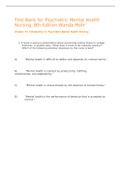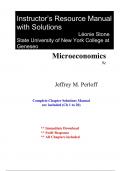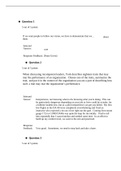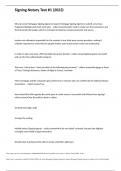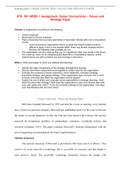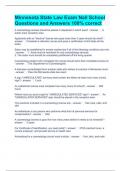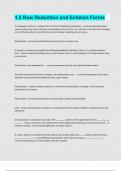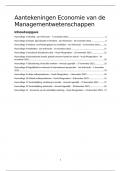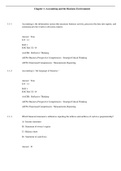Samenvatting
Summary of All Lectures & Chapters - VU Evolutionary Psycholgy 2024/2025
- Instelling
- Vrije Universiteit Amsterdam (VU)
Summary containing all lectures and chapters of the book. Very extensive but contains everything and is 62 pages full of information that can be asked during the exam.
[Meer zien]






